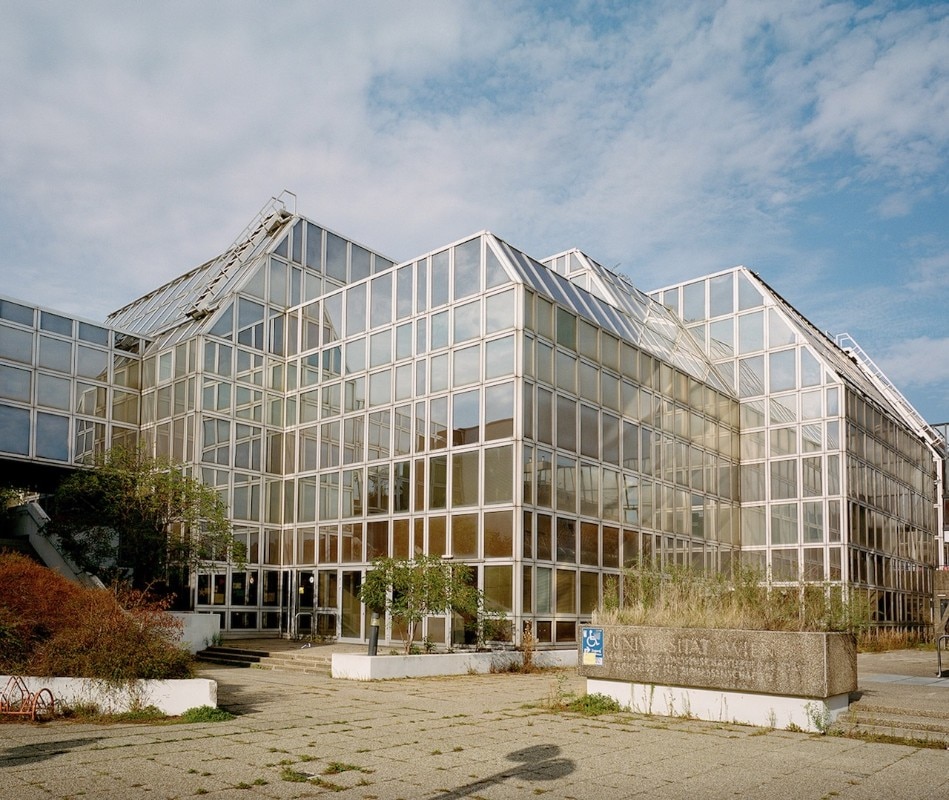Blue Crow Media has published "Modern Vienna Map", a map-guide in which Gili Merin's shots and words lead on a journey through the twentieth-century architecture of the Austrian capital.
The collection of architecture recounts the geography of a city in which the traces of a quest for modern have given way first to functionalism, then to brutalism, and gradually to the experiments of postmodernism: mutability and dynamism are thus the main aspects of Vienna's architectural soul that are celebrated.
The journey begins in the Baroque cityscape, where the modern has first begun to punctuate the city with a new language. Thus we have Adolf Loos's American Bar and Looshaus, purity and rigor in clear antithesis to the decorativism of the Jungendstil.
From here, the great housing interventions that defined the character of "Red Vienna" between the wars are recounted through such icons as the Karl-Marx-Hof and through imposing architectures by Otto Wagner, Rietveld and other major figures of international modernism.
Experimentations between the 1970s and 1990s, then, see postwar brutalism translated into concrete and glass, resulting in monumental works such as the Wotruba Church. In the end, Hans Hollein's pop experiences paves the way to a final break with the modern movement, while leading to the first deconstructivist works by Coop Himmelb(l)au, who rewrote the syntax of space in the late millennium.

Modern Vienna Map not only serves as a guide to 20th-century architecture: it succeeds instead in tracing milestones and lesser-known projects of a city that, for way longer than this century, has remained a global reference for architecture and urban design.


















